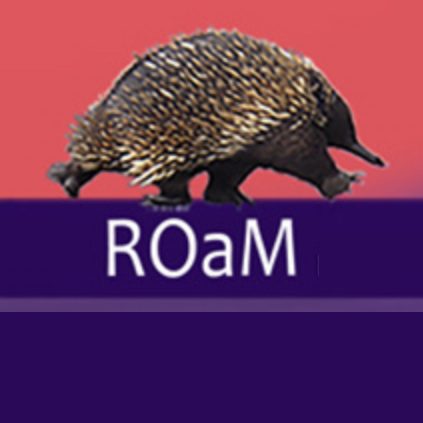What is the STM test?
The Stuart Tactile Maps (STM) test is a two-dimensional (2D) table-top assessment of mental mapping skills, always undertaken without vision (blind, blindfolded or with eyes closed). The test shows how much practice a person needs to learn a new mental map, and therefore become familiar with new places, or learn new routes to travel. The test takes about 10 minutes to complete, and is usually administered just once.
What is in the STM kit?
The STM kit contains two sets of three maps of increasing complexity, and instructions to administer the assessment. Map Set A is the primary set; Map Set B has the same number of lines and angles at each level, but in different configurations. The assessor guides the client’s finger over the raised map-lines in a standardised way, and the client draws each map as he/she remembers it.
The STM test measures learning effect, so if a person is inadvertently exposed to one of the map sets, or if retesting is planned, the other map set provides an alternative to avoid bias from previous exposure to the first set.
How is the STM test different to other spatial tests?
Spatial cognition is usually assessed with visual-spatial tasks that involve copying, mirroring, matching, or rotating shapes (e.g., Block Design sub-test in a psychological assessment; online tests of spatial reasoning). However, two problems arise.
- Visual-spatial tests are inaccessible to people with ultra-low vision or blindness. The STM test removes the confounding variable of vision.
- People can assume that spatial cognition is dependent on vision, and that poor vision causes poor mental mapping. This is not the case. There is no correlation between STM results and visual acuity or fields, but STM results do correlate with dynamic orientation skills (Finger et al, 2016). Spatial cognition and spatial memory are functions of the right parietal lobe and hippocampus; mental mapping can be informed by, but is not dependent on, visual information.
Why use the STM test?
In O&M practice, the STM test saves time, frustration, and professional guilt: “the client isn’t learning the route to… what am I doing wrong?”
When an O&M client is having difficulty with orientation during travel, or moves imprecisely in activities of daily living, then the STM test is a quick way to identify whether spatial cognition is the problem. It is not helpful to persist with teaching spatial orientation strategies to a person who cannot or does not use mental mapping to navigate places and tasks.
Who is the STM test designed for?
The STM kit is ideal for use by O&M specialists and guide dog mobility instructors:
- during initial O&M assessment, to estimate how much time and practice to allow for learning orientation to a new place.
- for troubleshooting, if an O&M client seems perpetually disorientated, is slow to learn orientation, remains unconfident on well-practised routes, or demonstrates imprecise travel skills that do not seem to improve.
- when visual acuity drops below LogMAR 2.0 (6/600 or 20/2000), such that low vision for O&M is no longer timely and the traveller must develop non-visual travel skills. An STM score can indicate the viability of different travel options (aids, routes, transports) and how long non-visual learning might take.
The STM test offers allied health professionals (e.g., neuro/psychologists, occupational therapists) and vision teachers an alternative to the visual-spatial tasks that are typically used to assess spatial cognition. Research teams can use the STM test to investigate relationships between functional vision, orientation, and mobility. The STM test can also be useful as screening tool in career planning and recruitment into jobs that depend on good 3D spatial skills (e.g., military services, warehousing and storage, transport services).
Order an STM assessment kit
The STM assessment kit can be purchased here using a secure credit card facility. The order form in the shopping cart asks for your name and contact details, how you plan to use the kit, and whether you need the STM instructions in an alternative format.
If you would like more information about the STM test or training in its use, contact Lil.
_______
Finger, R.P., et al., Developing a very low vision orientation and mobility test battery (O&M-VLV). Optometry and Vision Science, 2016. 93(9): p. 1127-36.
